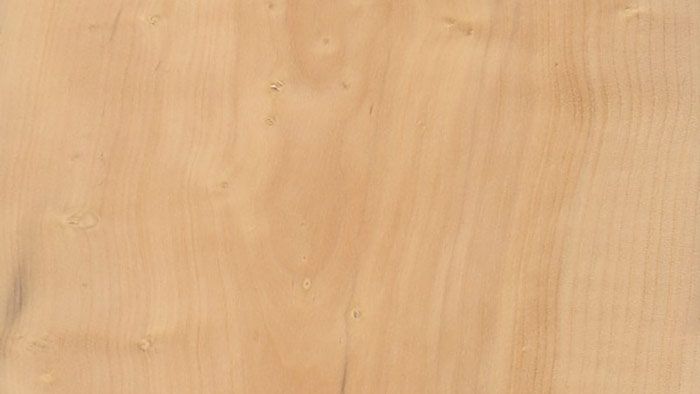Q&A: Toxicity of boxwood
A reader asks Seri Robinson about the toxicity of a favorite wood for turning
Thank you for the article “Dangerous Chemistry: Woods to be wary of” (FWW #304). Very useful. However, I regret that boxwood, a common wood used for turning and in particular for musical woodwind instruments, was not included. Would it be possible to provide an addendum?
—CHARLES STROOM, Amsterdam, the Netherlands
Author Seri Robinson replies: It can be very hard to give toxicity information for an entire genus. Boxwood refers to the genus Buxus spp., which has around 70 species. Each species will have its own set of traits, and potentially, differences in extractives. Buxus sempervirens, for instance, has extractives that are used in traditional medicine and one of its known effects is to increase pulse rate, which is not really something one wants to induce unknowingly. Buxus wallichiana, also used in traditional medicine, can make you sweaty, induces diarrhea, and is a diuretic, among many other effects. However, Buxus sempervirens, the first species mentioned, does not seem to have any sort of skin reaction with extended use (so far). No generalization can be made across such a large genus. However, noting that a good handful are bioactive, it would make sense to use boxwood, generally, for general woodworking but not for anything that comes in contact with food or the mouth.
Editor’s note: For those who want more detailed information about wood toxicity and safety, Seri Robinson has a Patreon page on wood education at patreon.com/woodsafety. This is a paid site, but any level gives you access to the Discord server, where people can discuss topics and ask questions directly.

























Log in or create an account to post a comment.
Sign up Log in